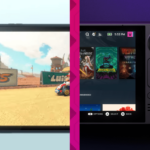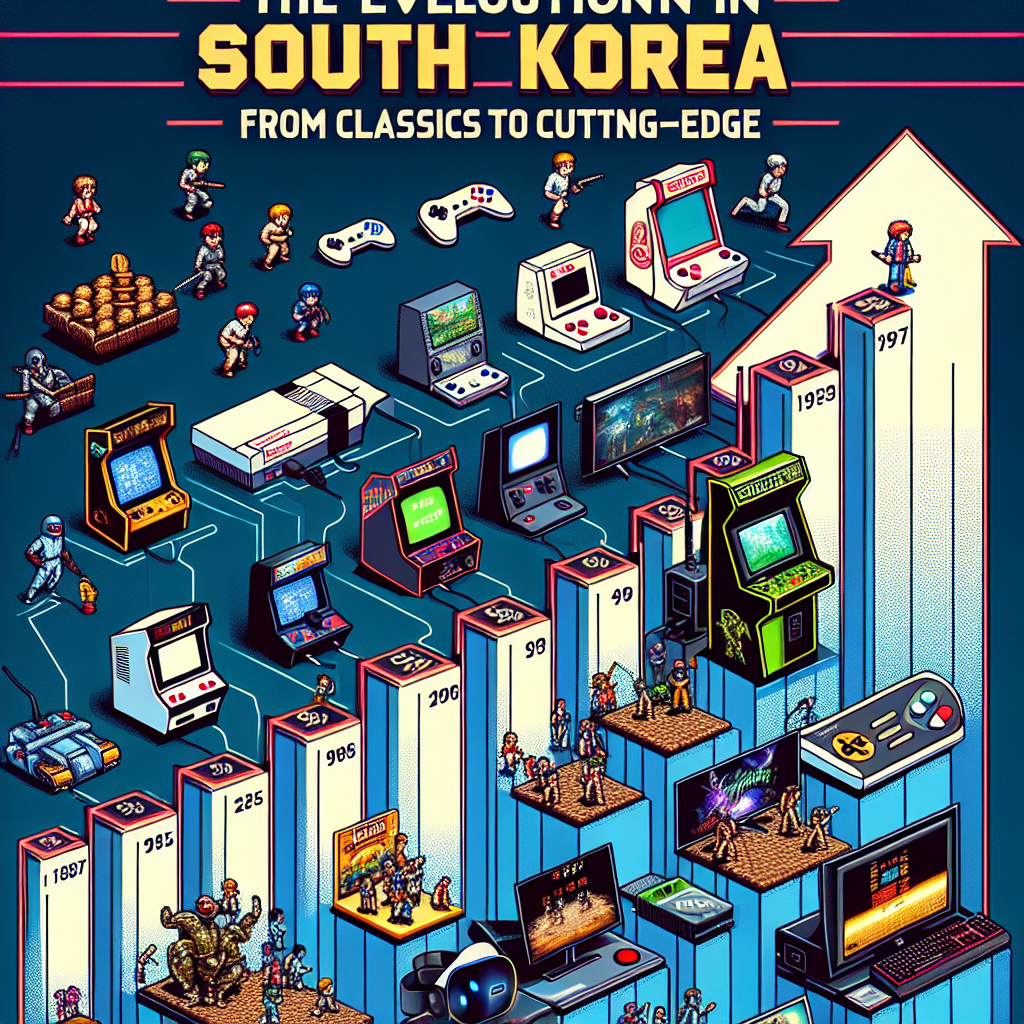The Evolution of Gaming in South Korea: From Classics to Cutting-Edge
South Korea’s journey through the realms of gaming is a remarkable story of cultural transformation, technological advancement, and global influence. From humble beginnings rooted in arcades and early video games to a vibrant eSports landscape and cutting-edge virtual reality experiences, the South Korean gaming industry has evolved dramatically over the decades.
The Early Days: Arcades and PC Bangs
The story of gaming in South Korea began in the late 1970s and early 1980s, with the proliferation of arcade video games. Arcades became suburban hubs of entertainment, offering iconic titles such as "Pac-Man" and "Space Invaders." Young gamers would flock to these establishments, fascinated by pixelated graphics and simple yet addictive gameplay.
However, it was the advent of personal computers that truly revolutionized gaming in South Korea. During the late 1980s and early 1990s, the infamous PC bangs – internet cafés – sprung up across the country. These establishments became social gathering spots where players engaged in multiplayer gaming, often bonding over titles like "Starcraft" and "Counter-Strike." The PC bang culture fostered a sense of community and helped instill a competitive gaming spirit that would later become one of the cornerstones of South Korea’s gaming identity.
The Rise of eSports
The late 1990s marked a watershed moment for South Korean gaming with the emergence of eSports. As competitive video gaming gained traction worldwide, South Korea positioned itself as a global leader in this field. The release of "Starcraft" in 1998 served as a catalyst for the professional gaming scene. The game’s strategic depth and competitive nature led to the formation of professional leagues, drawing millions of fans and participants.
Television broadcasts of eSports tournaments, notably by channels like OnGameNet, brought competitive gaming into the mainstream. The meteoric rise of players such as Lim "BoxeR" Yo-hwan and Lee "Life" Seung Hyun turned them into household names, inspiring countless others to pursue gaming professionally. By the early 2000s, Korea had established a robust pipeline for talent, with prestigious tournaments like the World Cyber Games and the Korea e-Sports Association (KeSPA) overseeing the competitive scene.
The Mobile Revolution
As technology advanced, so did gaming in South Korea. The rise of smartphones and mobile internet during the 2010s ushered in a new era of accessibility and innovation. With the introduction of free-to-play mobile games such as "Lineage M" and "PUBG Mobile," gaming became a more ubiquitous part of everyday life. Mobile games broke down barriers, reaching demographics previously untouched by traditional gaming formats.
In addition to the popularity of mobile gaming, South Korea’s tech powerhouse status fostered innovation. Companies like Nexon, Netmarble, and NCSoft began to redefine the gaming experience, prioritizing graphics, user engagement, and monetization strategies. The blend of traditional gaming elements with the convenience of mobile technology created a riveting landscape where gamers could connect anytime, anywhere.
Virtual Reality and Beyond
As the sun sets on the 2010s, the South Korean gaming industry continues to explore new frontiers, particularly in virtual reality (VR) and augmented reality (AR). With strong backing from both the government and private sectors, initiatives are underway to develop next-generation VR gaming experiences. Titles such as "Beat Saber" and "Half-Life: Alyx" exemplify how VR technology can redefine player engagement, immersion, and social interaction.
Moreover, South Korea has seen the rise of immersive experiences beyond gaming, diving into virtual worlds with economic ecosystems where avatars can earn real cash. This innovation has provoked discussions around ownership, privacy, and economic viability in virtual environments, setting the stage for numerous possibilities in both gaming and broader digital interactions.
Cultural Impact and Global Influence
The evolution of gaming in South Korea is not just a story of technological advancement; it is also deeply interwoven with the country’s cultural identity. The success of Korean games like "Overwatch," "League of Legends," and the broader K-Gaming phenomenon reflects a cultural export that resonates on a global scale. The Korean Wave (Hallyu) has intertwined gaming with music, film, and TV, creating a multifaceted cultural footprint.
In education, gaming has gained acceptance as a tool for learning and engagement, showcasing South Korea’s commitment to integrating technology into daily life. Moreover, with the government’s initiatives to promote the gaming industry, South Korea has positioned itself as a hub for game development and innovation, inviting multinational corporations and fostering startups.
Conclusion
As we look ahead, the evolution of gaming in South Korea stands as a testament to the country’s dynamic culture, technological prowess, and relentless quest for innovation. From early arcade days to a thriving eSports landscape, gaming has evolved into a multifaceted industry that shapes social interaction, economic opportunity, and creative expression. South Korea’s future in gaming promises even more groundbreaking experiences, confirming its status as a global leader in an ever-changing digital landscape. The convergence of technology, culture, and gaming will undoubtedly keep players and developers alike at the forefront of what’s next in the world of entertainment.




